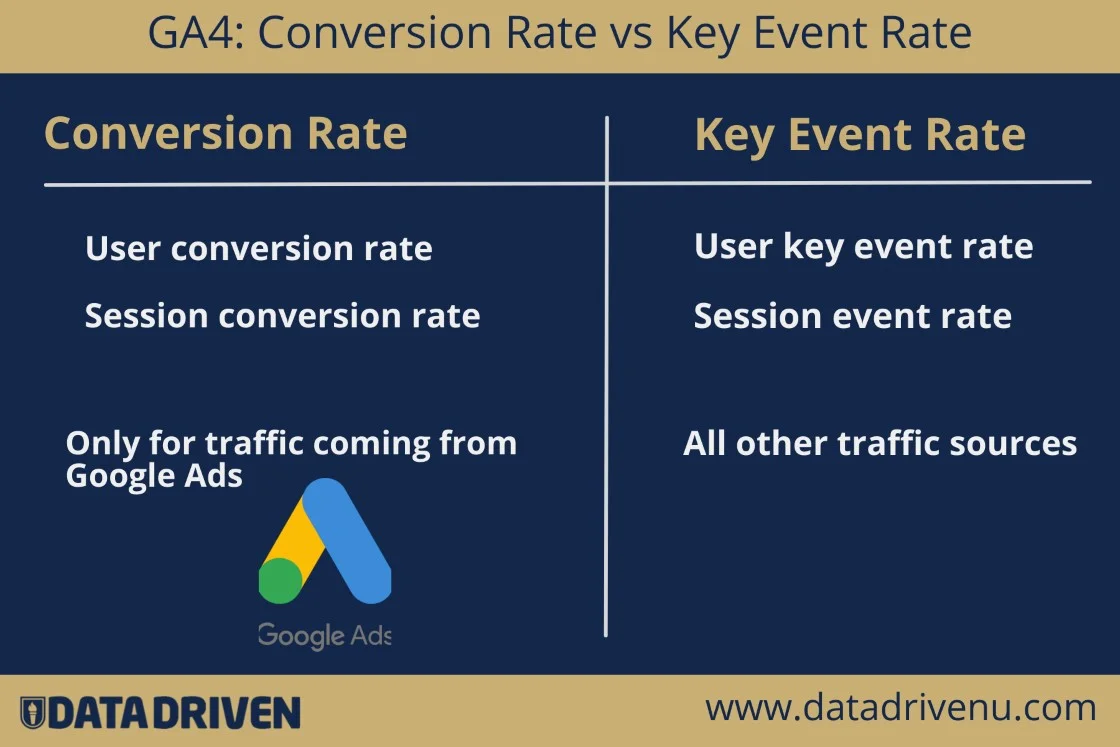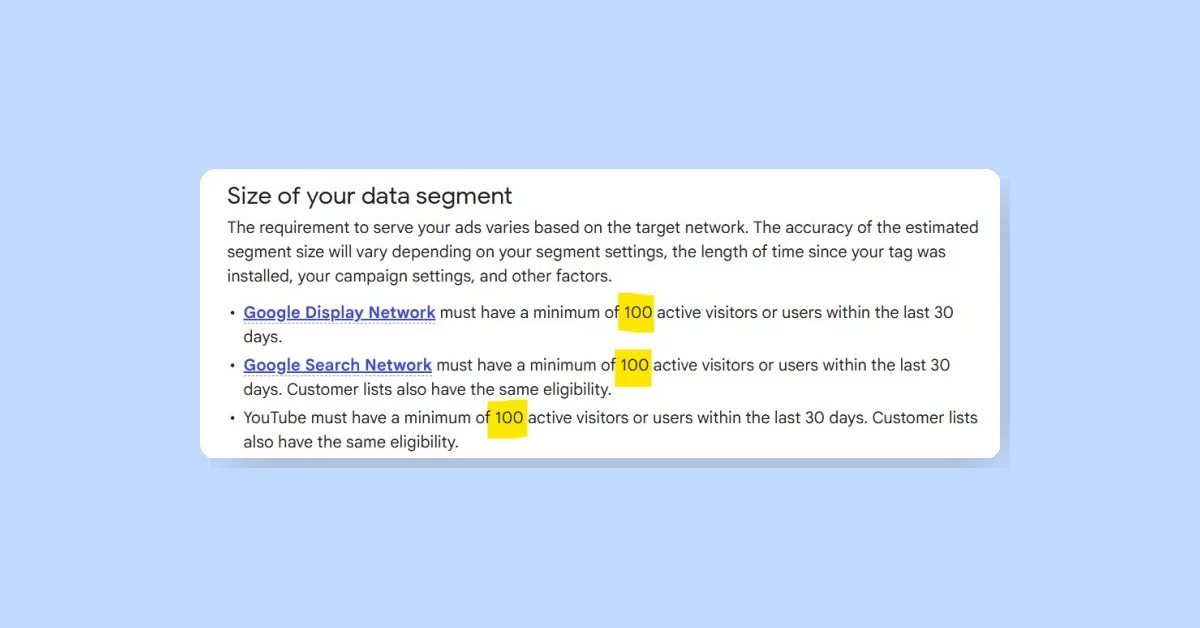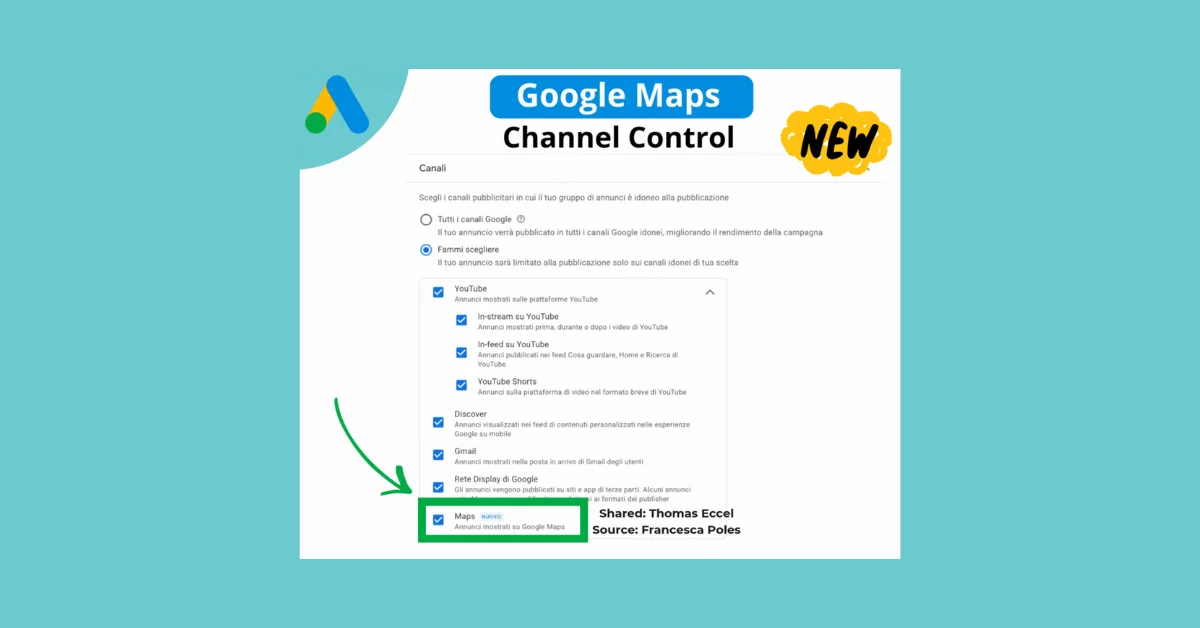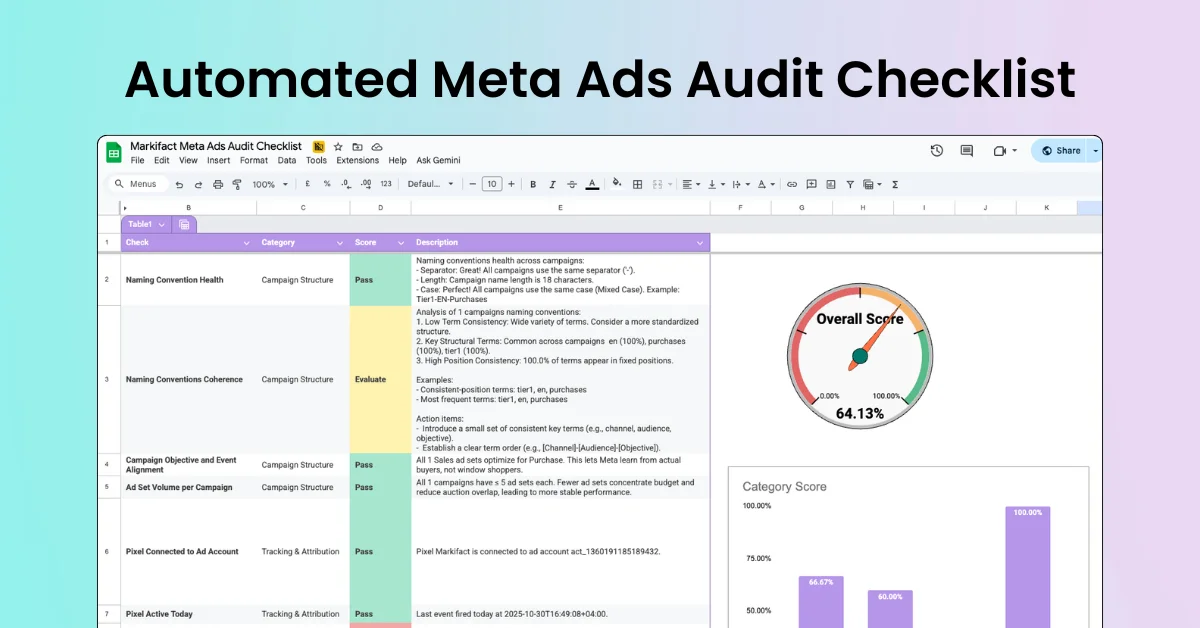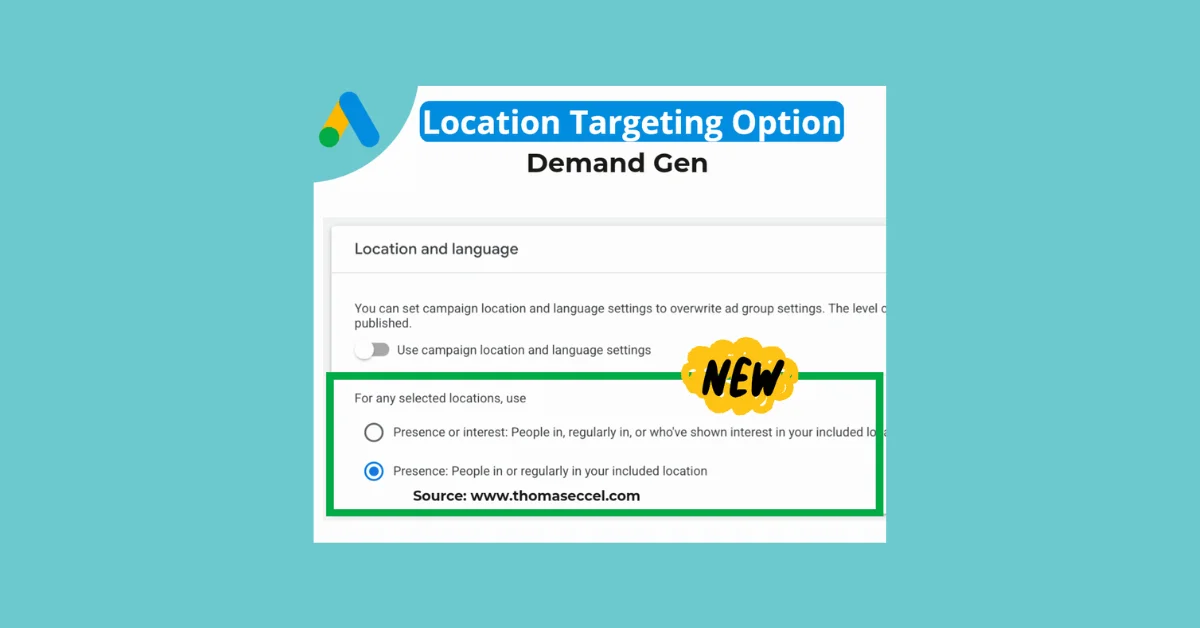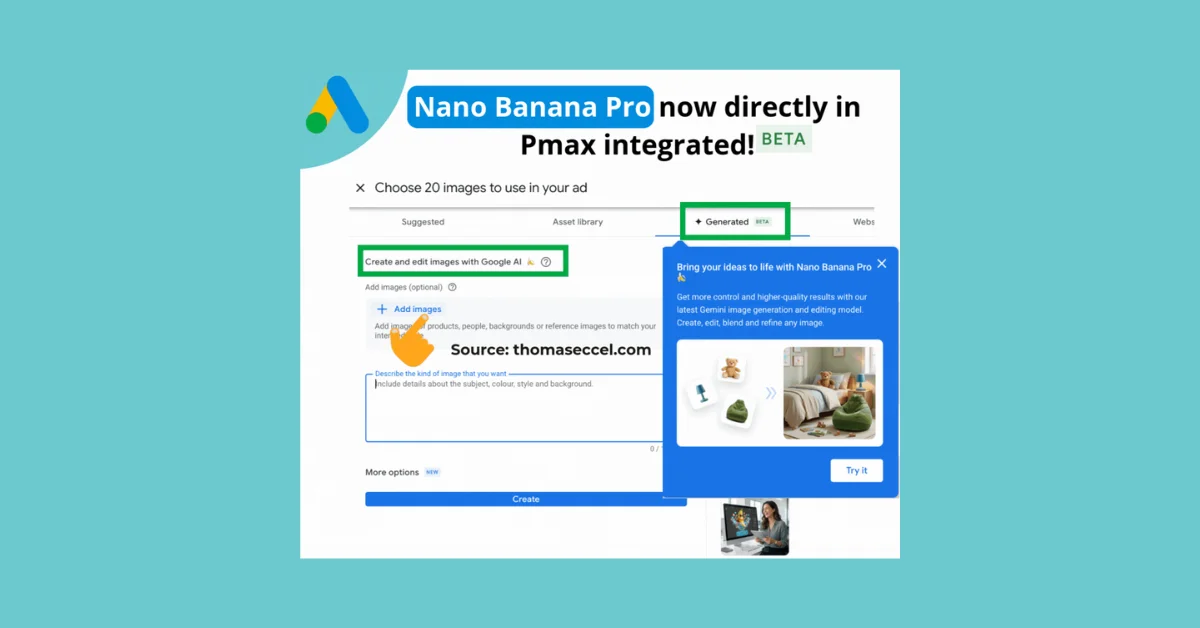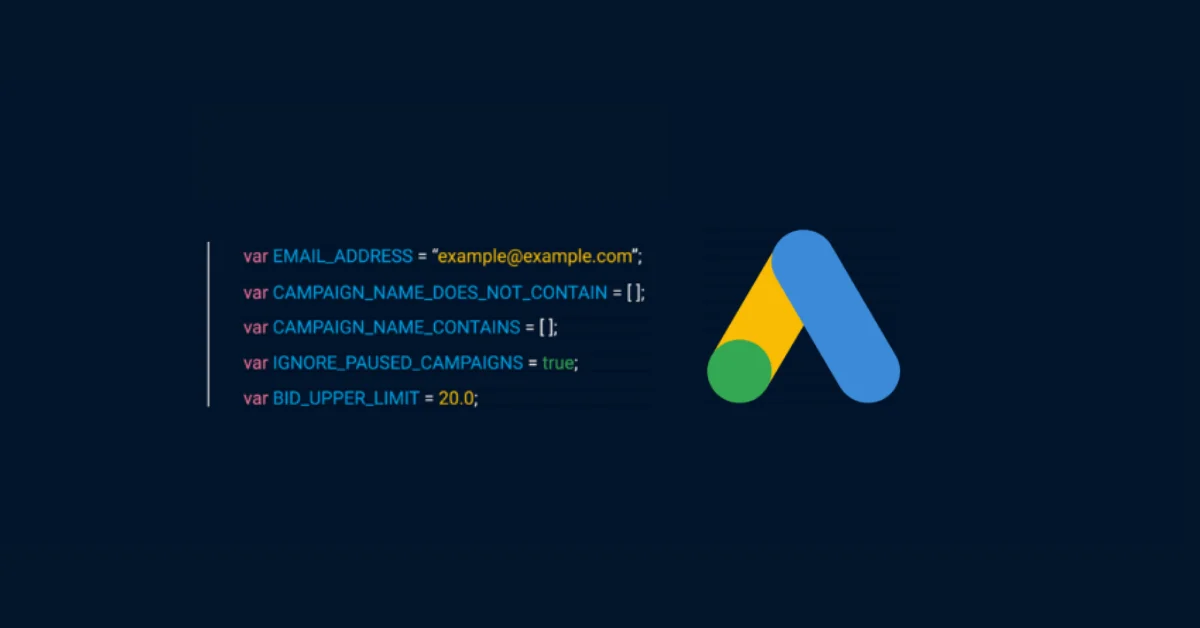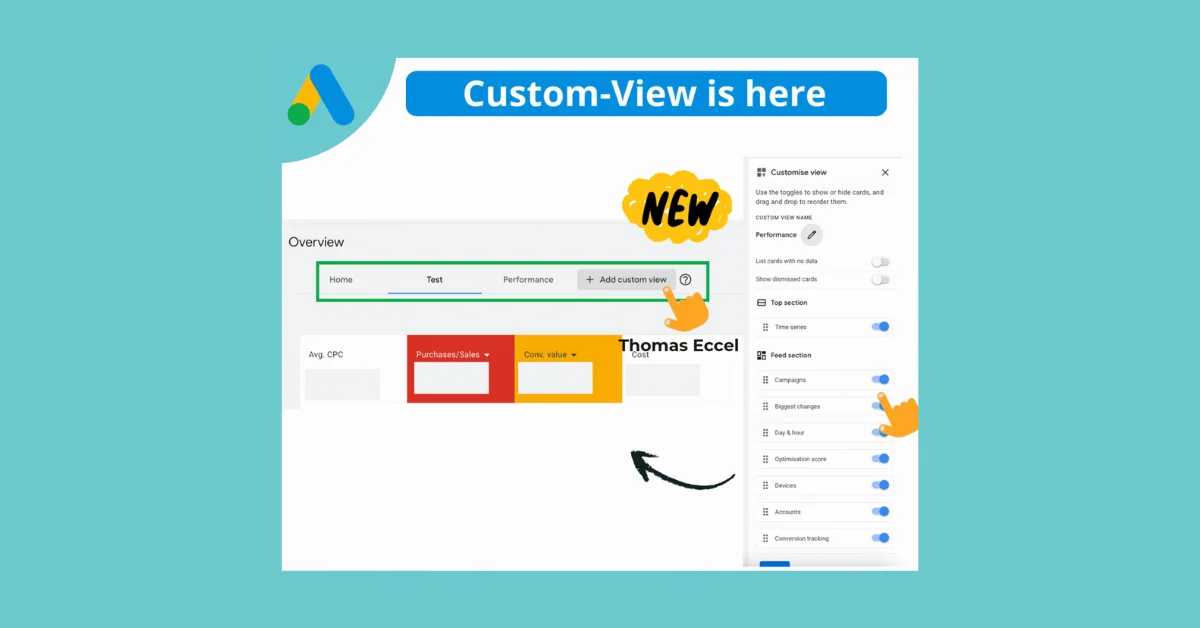In March 2024, Google Analytics 4 (GA4) introduced key event rate as a new website metric, essentially a conversion rate for traffic not generated by Google Ads. GA4 differentiates between user key event rate and session key event rate. These metrics are automatically calculated if key event tracking is set up and can be used in reports and explorations for high-level or detailed analysis of your site and campaigns outside Google Ads.
The key event rate and conversion rate in GA4 are similar, but conversion rate is used exclusively for users and sessions from Google Ads clicks. The key event rate in GA4 tells you the percentage of users that did not arrive on your site after clicking a Google ad and triggering a key event on your site, or sessions not driven by Google ads during which a key event took place.
GA4 calculates the key event rate automatically with a formula: key event rate = (X with key events / total X) * 100%, where X can be Users or Sessions. Different user and session key event rates can show different numbers in GA4 because users and sessions are different things. The same user can visit your site multiple times, with each visit being a session.
The user key event rate tells you the percentage of users that visited your site and triggered a key event. The session key event rate tells you the percentage of sessions that triggered a conversion.
You can add the key event rate metric to GA4 reports, like the User Acquisition report. To do so, open the report, customize it, click the Metrics button, add the key event rate you want, and apply. The session and user key event rate are added to the table of your report.
Google's change of the definition of conversion rates into key event rates for all traffic not coming from Google Ads was shocking, but it can be seen as a way to promote Google Ads and change the way marketers think about conversions.
